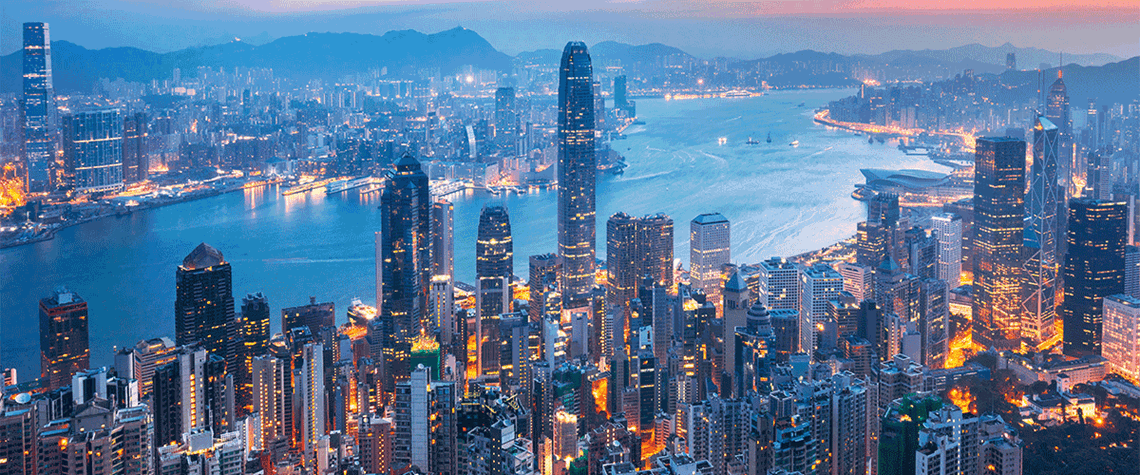Hong Kong looks to LNG to cut emissions
The special administrative region has introduced the fuel as part of its drive for carbon neutrality, but it will take years for imports to ramp up
Hong Kong finally started importing LNG this summer, in a move expected to play a key role in reducing the carbon footprint of the Asian financial centre by displacing coal in power generation. This development also grants local gas users the flexibility to tap the global LNG market. But the city will likely need years to ramp up imports, meaning low terminal utilisation levels and only a modest initial impact on the Asian market. The world’s largest FSRU began commercial operations in Hong Kong in July after the city imported its first LNG cargo under a long-term contract with portfolio supplier Shell. Hong Kong LNG Terminal—a joint venture between local power utilities CLP Power Hong Kong

Also in this section
12 December 2025
The latest edition of our annual Outlook publication, titled 'The shape of energy to come: Creating unique pathways and managing shifting alliances', is available now
12 December 2025
The federal government is working with Alberta to improve the country’s access to Asian markets and reduce dependence on the US, but there are challenges to their plans
11 December 2025
The removal of the ban on oil and gas exploration and an overhaul of the system sends all the right messages for energy security, affordability and sustainability
10 December 2025
The economic and environmental cost of the seven-year exploration ban will be felt long after its removal







